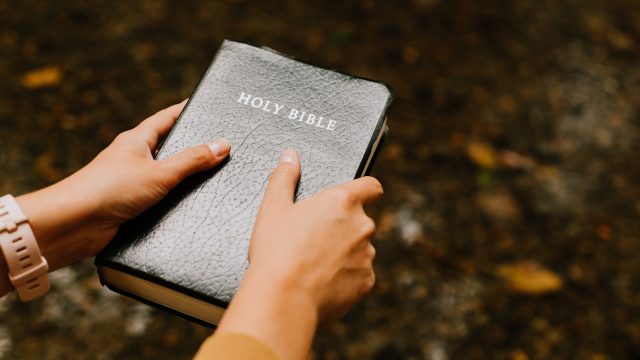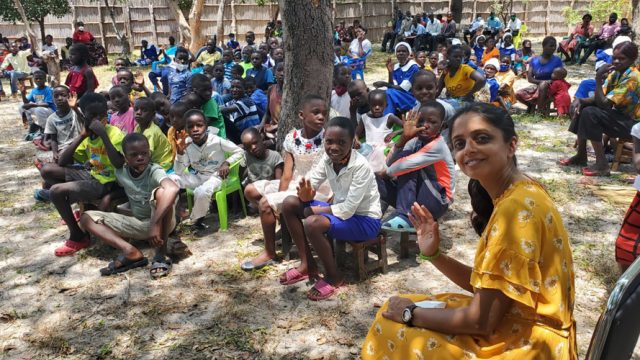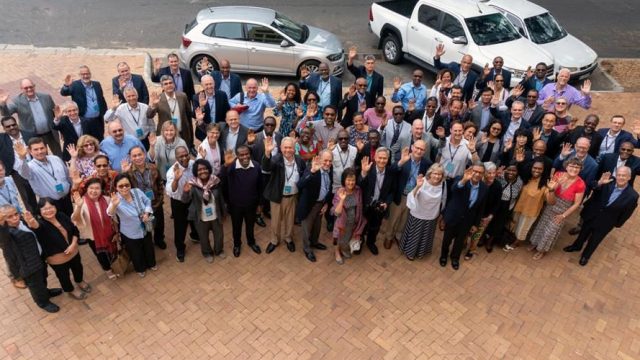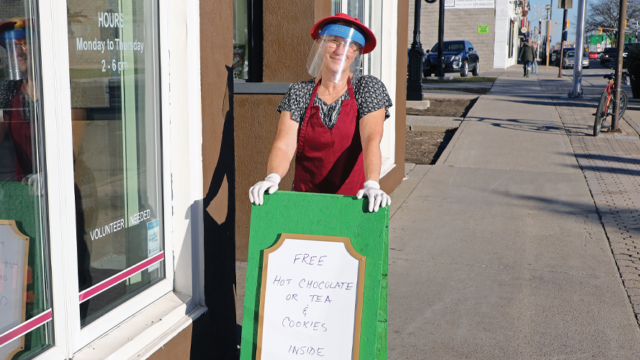A pastor in the U.S. “Bible Belt” shares his challenges and some tips to turn the tide.
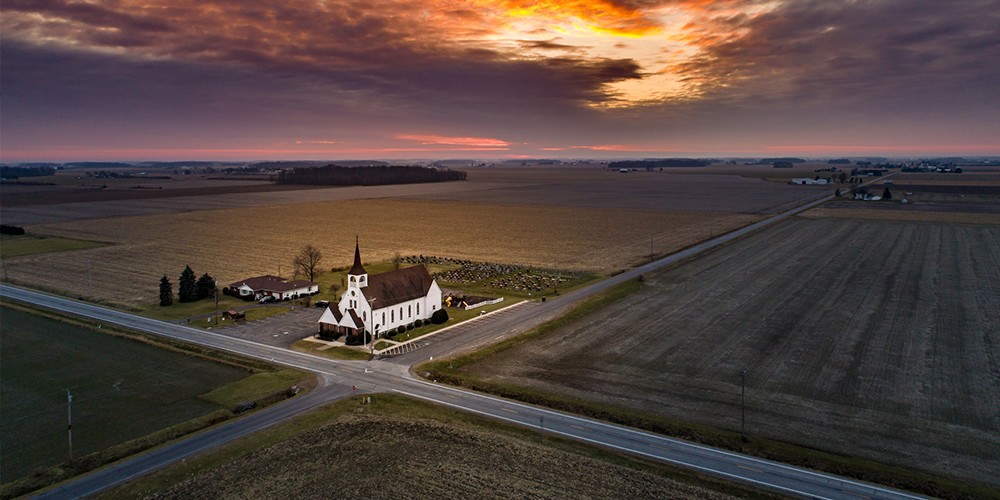
Rural churches. Remember them? They’ve been under palliative care for quite some time now. Here are some practical ideas to deal with the consequences of a Covid-catalyzed urban exodus and the potential “Back to the Future” experience when it comes to the rural churches. A much-needed disclaimer? No far-fetched formulas or rocket science will be offered. This is about the revival of unity in service.
My previous church leadership experience was in the city of São Paulo, Brazil, in one of the world’s largest urban centers. We had between 1,200 and 1,500 members attending worship every Saturday (Sabbath). There were two to three different services, many musical groups, choirs, and even an orchestra playing live music every other Sabbath. Community service was alive and well, with various programs including personal development seminars and activities that attended to basic needs, all within the evangelistic harvest cycle.
Then, by God’s grace and providence, we moved to southwest Virginia in the United States to serve the rural Appalachian “Bible Belt” churches within the Potomac Conference. Serving in our church’s “motherland” has been quite a journey. According to eAdventist, even though most of our congregations are still located in rural areas, most of the North American Division’s members are found in urban centers, following the ongoing post-industrial revolution’s migrations.
I took the official “Advent Heritage Tour” with Jim Nix and my grandparents back in the day. Later, in the Seminary, I studied our church’s history in more depth with Alberto Timm and learned to appreciate how rural America was our God-planned birthplace. However, little by little, with different social and economic variables for each specific area, our rural churches started to decline. The picture I have is of a faithfully well-intentioned church that’s growing old and dying. For a pastor in this area, this is a painful and worrisome picture.
But all of a sudden, as COVID-19 hit, we started seeing people coming out of nowhere, joining our Zoom, Facebook, and YouTube meetings, really searching for some connection. Some were asking for information about land and property for sale in our area. The real estate market is still very active in rural areas, meaning that something is indeed changing.
And it just hit me: how will we be able to connect to the community if we’re barely even making it in our community? We simply don’t have enough people who are able to do most of the necessary work. And that’s where, out of practical necessity, we started to call on our neighbor churches for help — human help. Yes, we had partnered up many times before, with district churches and even other ministries (and we still do), but now we have a renewed vision, a strategic opportunity.
Out of pure necessity, God showed us the blessings of unity. No real news here — that’s His pattern throughout history. In time and with growing relationships and trust, the district churches agreed to work on a regional strategy — sharing financial and human resources and becoming aware of the immediate need to have a digital as well as an analog plan in place for this renewed opportunity to reconnect with and serve our local communities. Starting with a district-wide week of “Revival and Reformation” in January 2021, we’ve partnered with the It Is Written (IIW) year-long evangelistic program called “Acts 20:21” for a robust and qualified online presence. We’re also preparing for the transition back to in-person relationship development.
In March, we had an in-person, district-wide training series on medical missionary work, followed by an online IIW health series and in-person community outreach research to find out how we can attend to the specific needs of our local community. We had our first district-wide health fair on diabetes, with more than 40 volunteers from all churches and hundreds of pieces of literature distributed. More than 100 people registered for follow-up programs and Bible studies. Little by little, the church seemed to be living and breathing again.
As a result of our district-wide effort, member engagement has spiked, and now we are ready to commit to a district-wide harvest cycle plan for 2022. We have 52 interests who are receiving online Bible studies and are being contacted consistently by our outreach team, as well as five people attending Diabetes Undone, a health fair follow-up program. We have also restarted our monthly Healthy Cooking classes, usually having between 10 and 15 in attendance who are not Seventh-day Adventists.
Also, within our district, we have a school that has been closed for almost 10 years, and after our district-wide effort, we were able to reopen the school property as a “Practical Living Community Center” for kids. They learn different life skills, including healthy spirituality classes, reading and writing, gardening, and cooking. We already have 10 kids enrolled in the program.
As I said before, no rocket science here, but a God-driven loop in the space/time continuum.
Amílcar Groeschel Jr. is pastor of the New River, Pulaski, and Wytheville Seventh-day Adventist churches and the Mountain View Company, all in southwest Virginia, United States.
The original version of this commentary was posted by the North American Division Ministerial Association.


